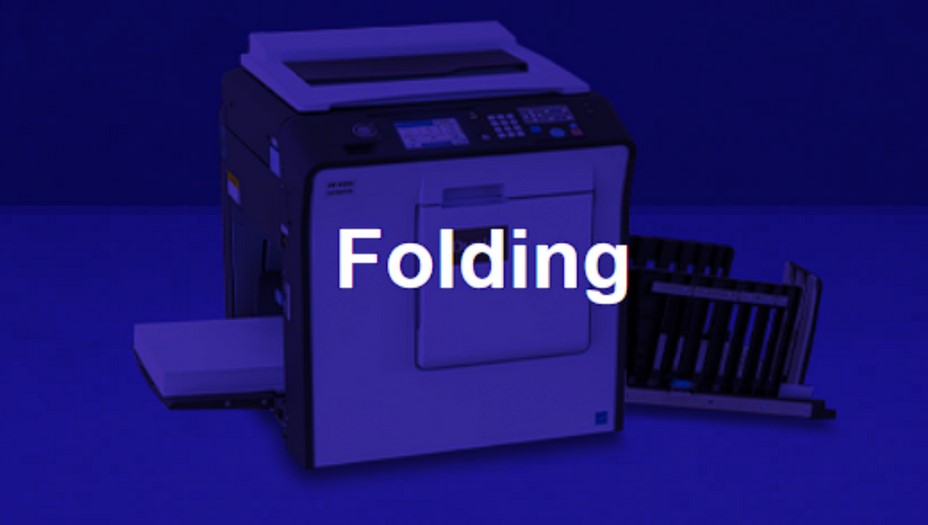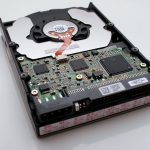In today’s fast-paced world, efficiency and productivity are more important than ever. Businesses and individuals alike are constantly seeking ways to streamline their workflows and get more done in less time. One often overlooked solution for maximising productivity lies in using advanced folding features. By harnessing the power of folding technology, teams can work smarter, not more complex, and achieve their goals more quickly and efficiently. In this article, we will explore the myriad benefits of advanced folding features and how they can revolutionise the way you work. From saving time and reducing errors to improving organisation and optimising space, advanced folding features can transform your productivity levels and take your work to the next level. Get ready to unlock the full potential of your projects and discover how advanced folding features can make a huge difference in your day-to-day tasks.
Exploring the Advanced Control Panels
Exploring the advanced control panel of paper folding machine can significantly enhance business operational efficiency. With intuitive controls and memory settings, operators can easily program and save folding configurations, eliminating the need for manual adjustments each time a new task is initiated. This streamlining of operations saves time and reduces the margin of error, resulting in more consistent and precise folding results. By simplifying complex folding processes, businesses can boost productivity and minimise downtime, ultimately leading to cost savings and improved customer satisfaction.
Advanced control panels offer a user-friendly interface that makes it easier for operators to navigate through the various functions of the folding machine. With clear visual indicators and step-by-step instructions, even inexperienced operators can quickly learn how to operate the machine effectively. This accessibility to advanced features ensures that every team member can contribute seamlessly to the workflow without extensive training. As a result, businesses can increase their operational flexibility and adapt to changing demands more efficiently, ultimately improving their competitive edge in the market.
The Benefits of Batch Mode and Cross-Folding
Batch mode and cross-folding are two advanced features that efficiently cater to diverse folding needs, allowing businesses and individuals to maximise workflow productivity. Batch mode enables users to process multiple documents simultaneously, saving time and improving efficiency. This feature is handy for tasks that require folding large quantities of documents, such as mailrooms or print shops. By automating the folding process for multiple documents simultaneously, batch mode reduces the need for manual intervention and helps streamline operations.
Cross-folding, on the other hand, offers flexibility and versatility in folding different types of documents. This feature allows users to perform multiple folds in different directions on a single document, enabling them to create complex folds that meet specific requirements. Cross-folding is beneficial for businesses that deal with various document types, such as brochures, leaflets, or newsletters. By offering the ability to customise folds according to the content and layout of each document, cross-folding ensures a professional and polished finish for every project.
The benefits of batch mode and cross-folding are clear: they enable businesses and individuals to achieve higher levels of efficiency and productivity in their folding tasks. By leveraging these advanced features, users can save time, reduce manual errors, and deliver high-quality folded documents quickly and precisely. With the right tools and technologies, organisations can maximise productivity, meet deadlines more effectively, and ultimately achieve greater success in their operations.
Training Staff to Utilize Folding Machines Effectively
Effective utilisation of folding machines can significantly enhance productivity in any workplace. However, the key to reaping the benefits of these advanced folding features lies in providing thorough training to staff members. Employees can quickly grasp the machines’ functionality and integrate them seamlessly into their daily workflows by simplifying the learning curve with user-friendly interfaces. This saves time, reduces errors and ensures that tasks are completed efficiently and accurately.
Training staff to utilise folding machines effectively is crucial for maximising productivity. With the proper guidance and support, employees can leverage the advanced features of these machines to simplify their work processes and achieve better results in less time. By investing in training programs focusing on user-friendly interfaces, businesses can empower their teams to work smarter, not harder, and ultimately drive performance and success. In today’s competitive landscape, mastering folding machines can give businesses a strategic edge and help them stay ahead of the curve.
Evaluating the Efficiency Gains from Automated Folding
Evaluating the efficiency gains from automated folding requires careful consideration of various metrics to assess improvements in document processing. One key metric to consider is the time saved in the folding process compared to manual folding. By automating the folding process, businesses can significantly reduce the time and resources required to fold large documents, increasing efficiency and productivity. Additionally, assessing the accuracy of the automated folding process is essential to ensure that documents are folded correctly and to avoid potential errors or rework.
Another important metric to consider when evaluating the efficiency gains from automated folding is the cost savings associated with implementing this technology. By automating the folding process, businesses can reduce labour costs, minimise errors and rework, and increase overall operational efficiency. Additionally, automated folding can streamline document processing workflows, leading to faster turnaround times and improved customer satisfaction. By carefully analysing these metrics and assessing the improvements in document processing, businesses can effectively measure the return on investment of automated folding technology and make informed decisions to maximise productivity and efficiency.



